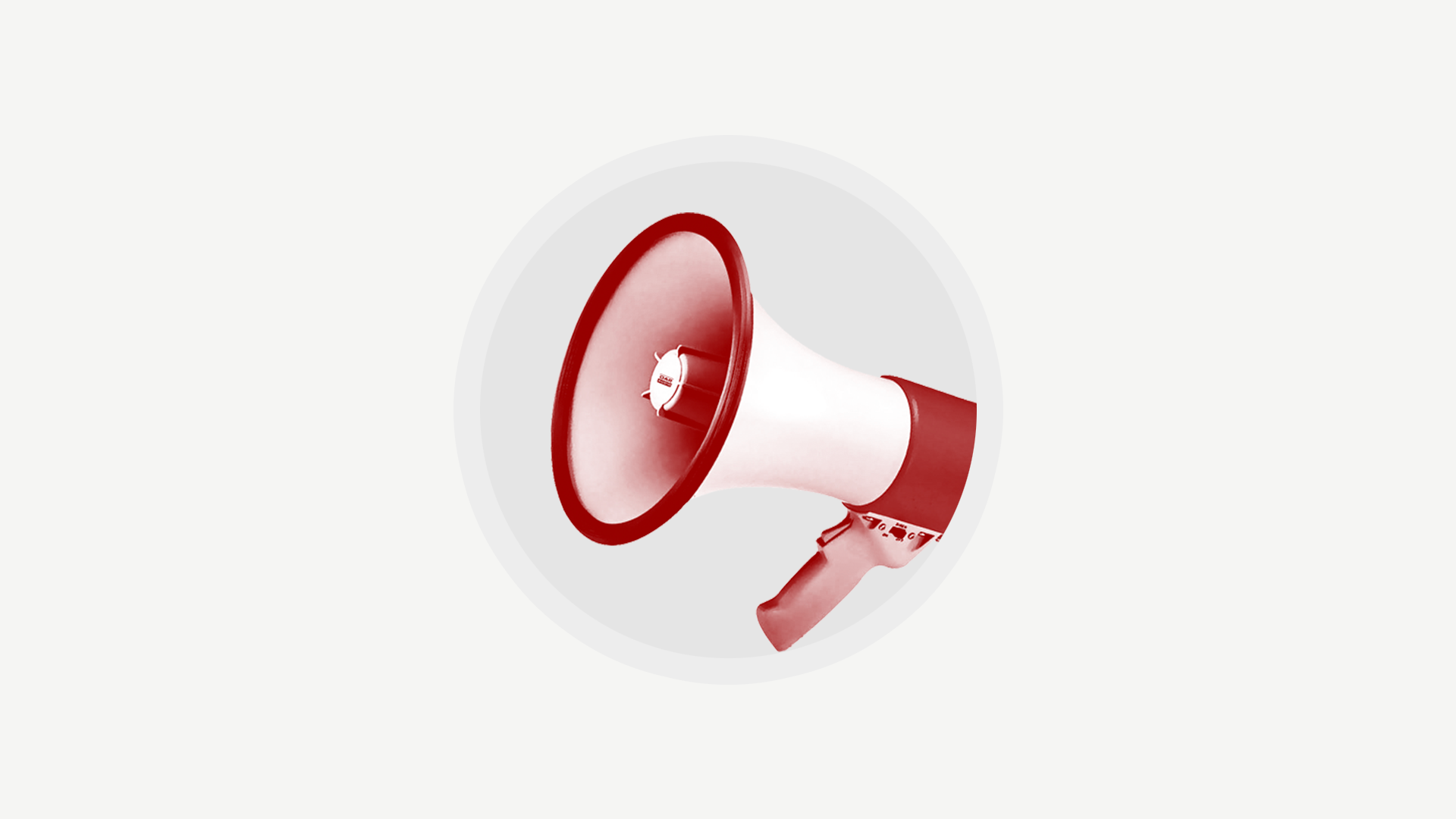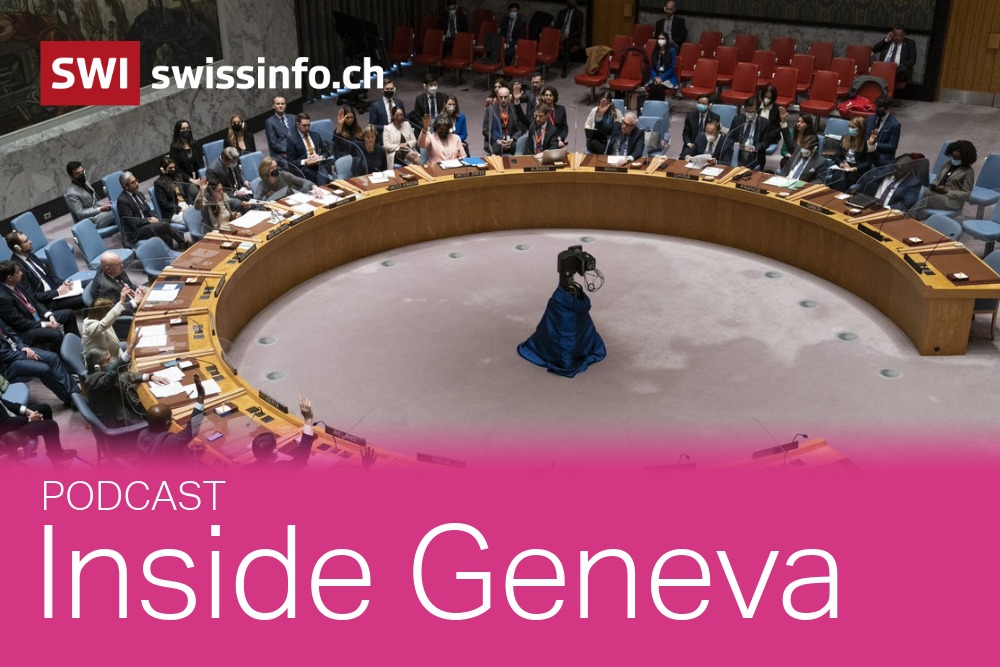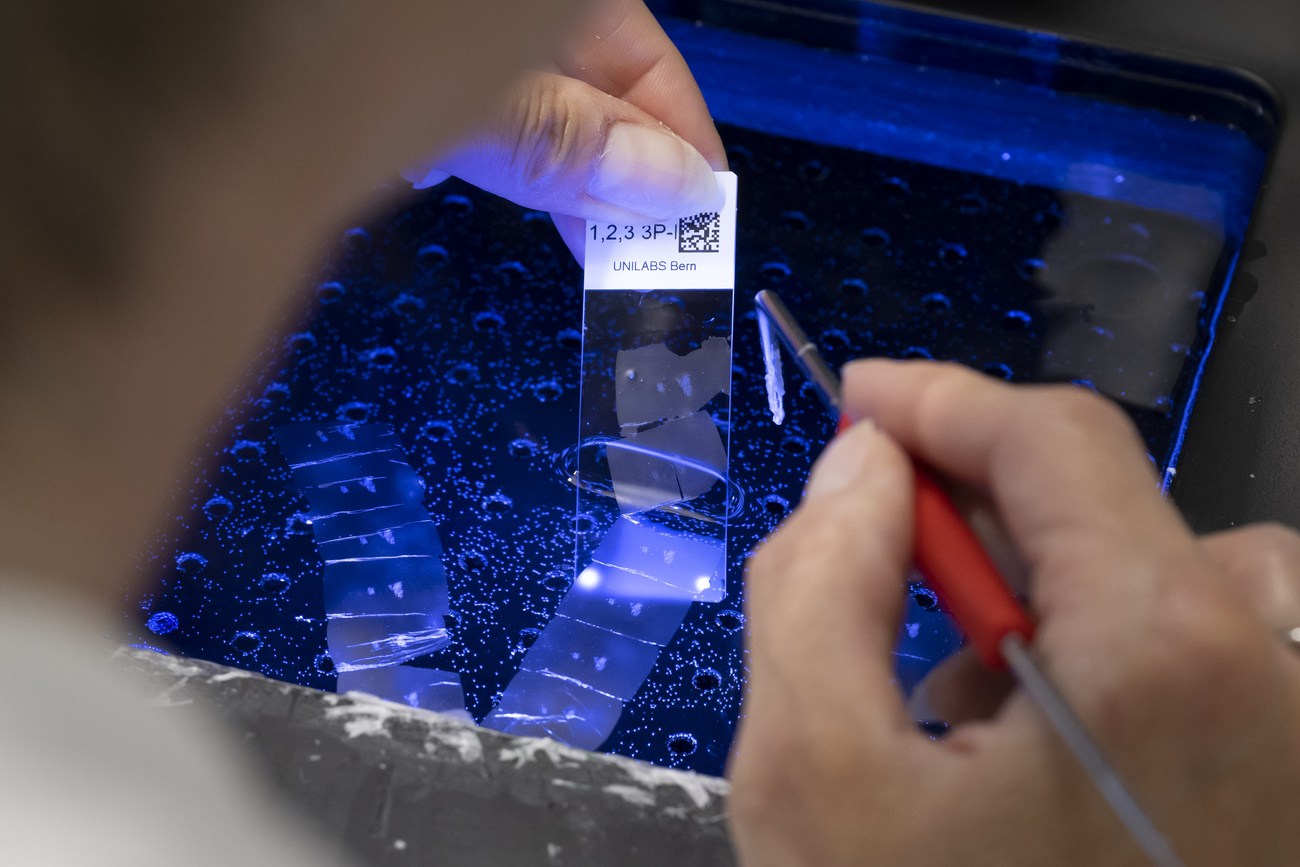
Private Credit’s Rising Pile of ‘Bad PIK’ Points to Default Woes
(Bloomberg) — It was supposed to be a quick fix for a sudden problem in credit markets.
Payment-in-kind debt, the argument went, would give struggling borrowers breathing room to deal with soaring interest rates — by letting them push back payments until the debt itself had to be repaid. But the pile of this expensive debt keeps on swelling, and is now raising concern in some circles that private credit funds are using PIK to mask a deterioration in loan quality.
The focus is mainly on what’s called bad PIK — the kind added during the life of the loan to ease cash-flow pressure, as opposed to the type included in a borrower’s original debt package. For valuation firm Lincoln International, bad PIK is such a sign of distress that they view it as a “shadow default rate” in a famously opaque industry. That metric was 6% in the firm’s most recent data, up from 2% in 2021.
“PIK is a way of avoiding defaults, so we’re not thrilled by it,” said Vijay Padmanabhan, managing director at investment firm Cambridge Associates. “We understand why it’s done, but it’s something we would classify as a concern.”
PIK, which is also used by traditional Wall Street lenders, is facing scrutiny at a rocky time for broader credit markets following a rapid-fire series of loan and bond collapses — from Saks to Tricolor Holdings to First Brands. The blowups, while not specific to private credit markets, have raised fears that underwriting standards have been too lax. Jamie Dimon, the CEO of JPMorgan Chase & Co., which took a $170 million hit on Tricolor, gave voice to those concerns when he warned that there are probably more “cockroaches” lurking.
Get the Going Private newsletter for coverage of private markets and the forces moving capital away from the public eye. Delivered Tuesdays and Fridays.
Yet the privacy in direct lending means it’s impossible to get a complete picture of distress. Data providers can have small sample sizes and may have to rely on partial disclosures from private credit firms to come up with their numbers. And like the code of silence that allows firms to value their own loans, there’s little incentive to talk about borrower troubles, with lenders keen to keep money coming in and investors mostly concerned about steady returns and low volatility.
Still, the data that is available doesn’t look good.
The pace of defaults in private credit accelerated in the first few weeks of October after a respite the prior month, according to Morningstar DBRS, while nearly 30% of the roughly 400 middle market borrowers it rates are facing some financial stress, an earlier report said. A recent JPMorgan Chase & Co. analysis of 29 business development companies — a popular vehicle for private credit funds — showed PIK loans increased to $43.5 billion in the second quarter. That’s about 15% of total debt portfolios.
For Lincoln, PIK is a good indicator of private credit stress, because default rates can be disguised by amendments to loans. The percentage of loans valued by Lincoln with some sort of PIK rose to 11.4% in the second quarter from 6% in 2022. More than half of those had the bad version of the debt.
Kicking the Can
The repercussions have yet to play out, because private credit hasn’t been fully tested by the economic cycle. Still, there’s growing sentiment that kicking the can down the road for struggling borrowers might not last forever.
“Deferred interest could quickly turn into deferred pain” if growth slows, said Garvan McCarthy, chief investment officer for EMEA at investment consultant Mercer LLC.
PineBridge Investments portfolio manager Hani Redha reckons that loans written in 2021 and 2022, when rates were low and valuations were inflated, are the most problematic. “Defaults are expected to rise in this cohort in 2026 and beyond, albeit from low levels,” he wrote in a note last month.
To be sure, PIK isn’t always a bad sign. Allowing a company to defer interest can be useful for businesses looking to grow through acquisitions, or companies in fast-growing sectors like software which haven’t yet achieved profitability.
“Private credit funds play an important role in supporting businesses by proactively working with borrowers to address challenges before they escalate,” said Jillien Flores, chief advocacy officer for the Managed Funds Association. “This hands-on approach provides continued access to capital and operational stability—key reasons why many companies turn to private credit to meet their funding needs. At the same time, regulators have access to an abundance of data on private lending as they look to monitor this important and growing asset class.”
Explainer: Why ‘Payment-In-Kind’ Debt Is So Appealing, and Risky
Still, even the good version of PIK can sometimes go wrong. One closely-watched markdown in the private credit space, a loan of around $1.8 billion to Thoma Bravo-backed software company Medallia Inc., was underwritten with PIK at the outset. In June, the loan was marked down to around 87 cents on the dollar. Thoma Bravo and Medallia did not respond to requests for comment.
Nevertheless, proponents of private credit say amending loans or extending maturities can preserve value, instead of forcing borrowers into bankruptcy or tying up management teams in debt negotiations. And several private credit investors speaking to Bloomberg on the condition of anonymity said they aren’t concerned about the default rate in their portfolios.
Getting an accurate read on distress isn’t clear-cut, with the detail and frequency of disclosures in the industry varying dramatically between private credit giants and small shops. And if lenders do disclose when a borrower switches to using PIK, it may seem like a small change in the overall portfolio at first.
But the risk is that adding more interest in the future — at rates that can be in the high teens — may compound borrower issues, especially because many companies turning to PIK already had weaker balance sheets. More than 40% of borrowers from direct lenders had negative free operating cash flows at the end of last year, prolonging their reliance on PIK, the IMF warned in a report earlier this year. That compares with about 25% of borrowers at the end of 2021.
Sense of Caution
With a wall of PIK looming, ratings companies have also started to flag potential issues for some borrowers.
The expiry of a partial PIK option for debt tied to Clearlake Capital Group-owned Alkegen in September 2026 “raises the risk of a debt restructuring that we view as distressed” within the next 12 months, S&P Global Ratings wrote earlier this month. Clearlake declined to comment, while Alkegen didn’t respond to requests for comment.
S&P had a similar warning about digital infrastructure company Congruex Group LLC, saying that the return to cash interest payments next year increases the probability of default. A Congruex spokesperson said that using PIK allowed it to add new high-growth business opportunities and came in conjunction with an equity investment from sponsor Crestview Partners. Crestview made another investment in September and stands ready to invest further, the spokesperson said. Crestview didn’t respond to requests for comment.
To be sure, falling interest rates will help alleviate some of the problems that borrowers have faced, reducing both their debt burden and perhaps stimulating their businesses if the economy improves. And if growth picks up, the decision to give borrowers flexibility during tougher times may be viewed more positively.
But for now, the mood is one of caution.
“People are watching the wall of refinancings very closely and what that will mean for valuations,” said Darius Craton, a director at Raymond James’s private capital advisory group. “It doesn’t feel like the market is operating from a position of strength.”
–With assistance from Silas Brown, Laura Benitez and Rene Ismail.
©2025 Bloomberg L.P.




























